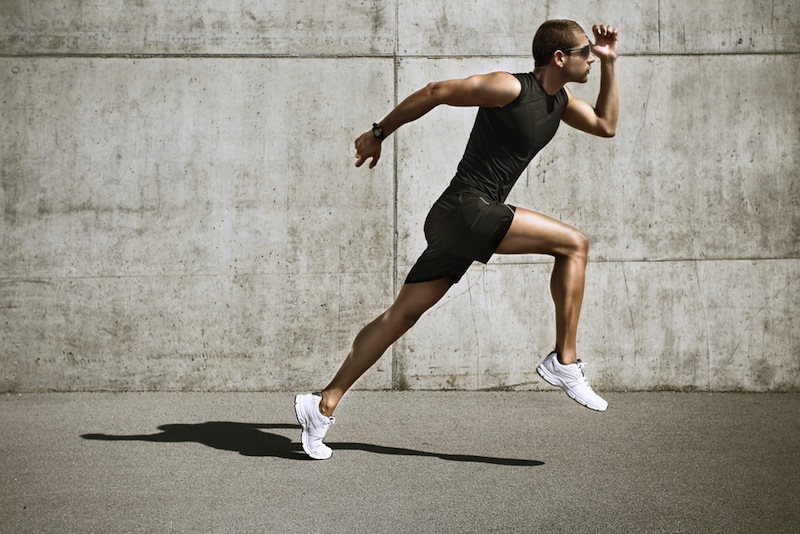Natural Arm Swing Saves Runners' Energy

Swinging your arms when you run helps save energy, researchers say.
People naturally swing their arms back and forth while running. Prior research suggested that swinging the arms helps keep the body balanced during running by counteracting the motion of the swinging legs. However, it was unclear whether swinging the arms during running cost or saved people energy, and the few studies exploring the question yielded contradictory results.
"One can imagine that not swinging the arms — that is, holding them in the most relaxed manner possible — would be less expensive metabolically speaking, since we wouldn't have to use the muscles to hold the arms bent at the elbow and to swing the arms back and forth," said lead study author Christopher Arellano, a biomechanist at Brown University.
In the new study, the scientists looked at people who ran often, recreationally and even competitively. "Being in Boulder, Colorado, there is never a problem of recruiting runners to be in our studies," Arellano told Live Science.
The researchers first asked 13 runners to run normally on a treadmill as they measured the rates at which they consumed oxygen and exhaled carbon dioxide. They next asked the volunteers to run without swinging their arms in three different ways — by lightly clasping their hands behind their back, crossing the arms across their chest, and holding their hands on the top of their head. [5 Running Mistakes You Didn’t Know You Make]
The scientists found that swinging the arms reduced energy costs by 3 percent compared with holding the hands behind the back, 9 percent compared with holding the arms across the chest, and 13 percent compared with holding the hands on top of the head.
The investigators explained that even though arm swinging costs energy, not swinging the arms during running would cost even more energy. Arm swinging reduces torso motion, and the torso accounts for 40 to 50 percent of the body's weight, whereas both arms account for only about 10 percent of the body's mass.
Sign up for the Live Science daily newsletter now
Get the world’s most fascinating discoveries delivered straight to your inbox.
However, the researchers cautioned that people seeking to burn more calories should not do so by trying to keep from swinging their arms during running.
"When you constrain arm swing, the spine twists and rotates in compensation," study co-author Rodger Kram, a biomechanist at the University of Colorado at Boulder, told Live Science. "Over the long term, that could be very hard on the spine."
"If you want to burn a little more calories, run a little longer," Arellano said.
Arellano and Kram detailed their findings online July 16 in The Journal of Experimental Biology.
Follow us @livescience, Facebook & Google+. Original article on Live Science.

Charles Q. Choi is a contributing writer for Live Science and Space.com. He covers all things human origins and astronomy as well as physics, animals and general science topics. Charles has a master of arts degree from the University of Missouri-Columbia, School of Journalism and a bachelor of arts degree from the University of South Florida. Charles has visited every continent on Earth, drinking rancid yak butter tea in Lhasa, snorkeling with sea lions in the Galapagos and even climbing an iceberg in Antarctica.










